The Adaptive Security Market is currently characterized by a dynamic competitive landscape, driven by the increasing complexity of cyber threats and the growing demand for integrated security solutions. Major players such as Palo Alto Networks (US), Cisco Systems (US), and Fortinet (US) are at the forefront, each adopting distinct strategies to enhance their market positioning. Palo Alto Networks (US) emphasizes innovation through continuous product development, focusing on AI-driven security solutions that adapt to evolving threats. Cisco Systems (US) leverages its extensive networking capabilities to integrate security into its broader IT infrastructure offerings, while Fortinet (US) prioritizes cost-effective solutions that appeal to a diverse customer base, particularly in the mid-market segment. Collectively, these strategies contribute to a competitive environment that is increasingly focused on technological advancement and customer-centric solutions.
In terms of business tactics, companies are increasingly localizing their operations to better serve regional markets, optimizing supply chains to enhance efficiency and responsiveness. The Adaptive Security Market appears moderately fragmented, with a mix of established players and emerging startups. This fragmentation allows for a variety of approaches to security, as companies strive to differentiate themselves through unique offerings and specialized services. The collective influence of key players shapes market dynamics, as they compete not only on product features but also on service delivery and customer engagement.
In August 2025, Palo Alto Networks (US) announced a strategic partnership with a leading cloud service provider to enhance its cloud security offerings. This collaboration is expected to bolster Palo Alto's capabilities in securing cloud environments, which are increasingly targeted by cybercriminals. The partnership signifies a proactive approach to addressing the growing demand for cloud security solutions, positioning Palo Alto Networks (US) as a leader in this critical area.
In September 2025, Cisco Systems (US) launched a new suite of security products designed specifically for small and medium-sized enterprises (SMEs). This initiative reflects Cisco's commitment to making advanced security accessible to a broader audience, thereby expanding its market reach. By tailoring solutions to the unique needs of SMEs, Cisco Systems (US) not only enhances its competitive edge but also addresses a significant gap in the market for affordable security solutions.
In July 2025, Fortinet (US) acquired a cybersecurity startup specializing in threat intelligence. This acquisition is likely to enhance Fortinet's existing product portfolio by integrating advanced threat detection capabilities. The move underscores Fortinet's strategy to bolster its technological foundation and stay ahead of emerging threats, thereby reinforcing its position in the Adaptive Security Market.
As of October 2025, current trends in the Adaptive Security Market are heavily influenced by digitalization, sustainability, and the integration of artificial intelligence. Companies are increasingly forming strategic alliances to enhance their technological capabilities and market reach. This trend indicates a shift from traditional price-based competition towards a focus on innovation, technology, and supply chain reliability. As the market evolves, competitive differentiation will likely hinge on the ability to deliver cutting-edge solutions that not only address immediate security concerns but also anticipate future challenges.


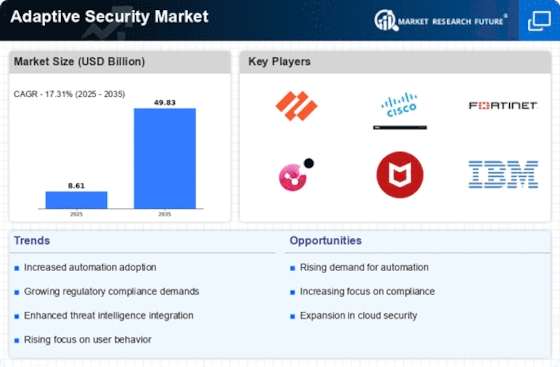
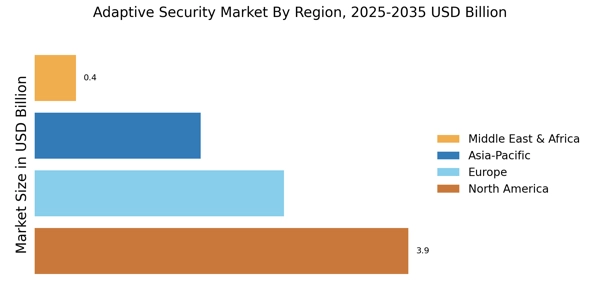


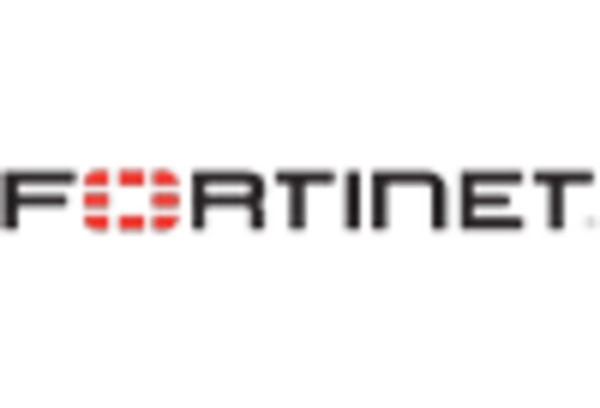

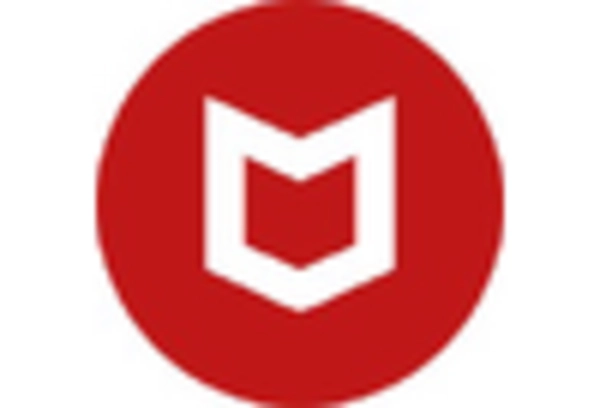
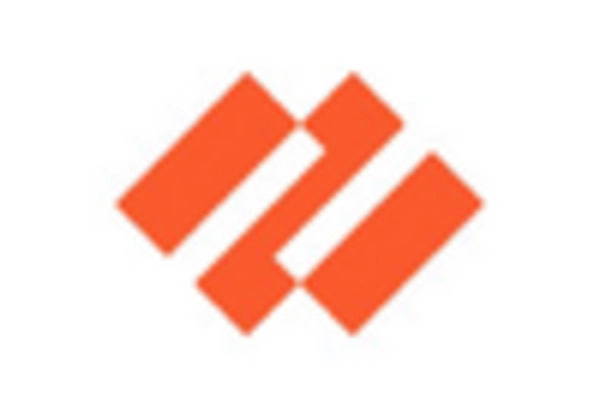








Leave a Comment